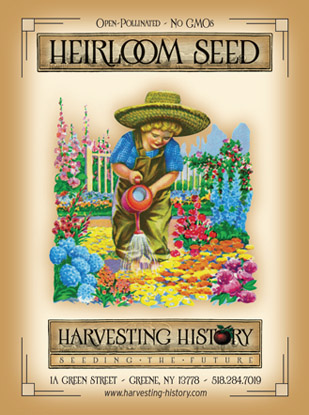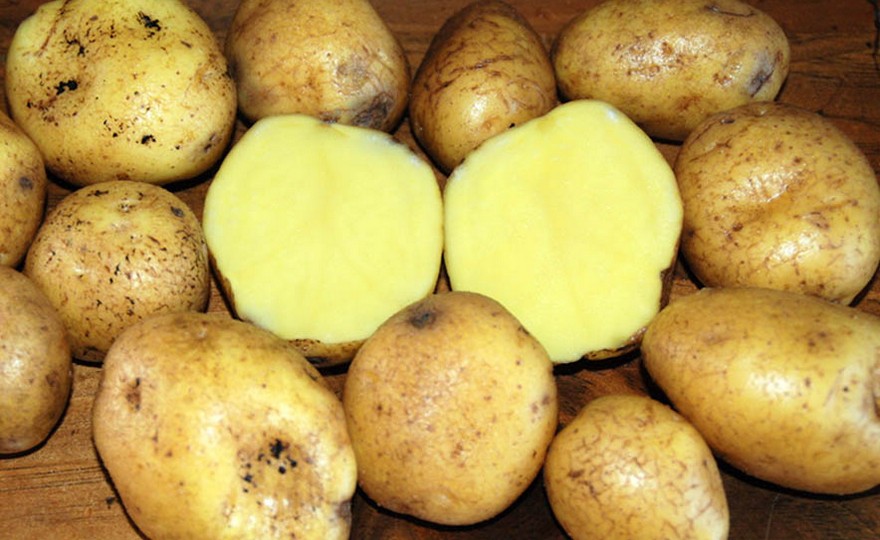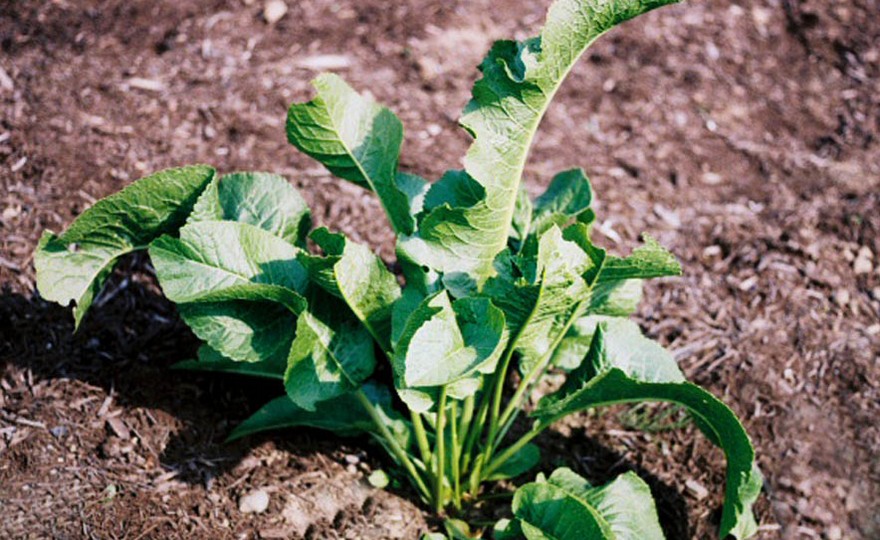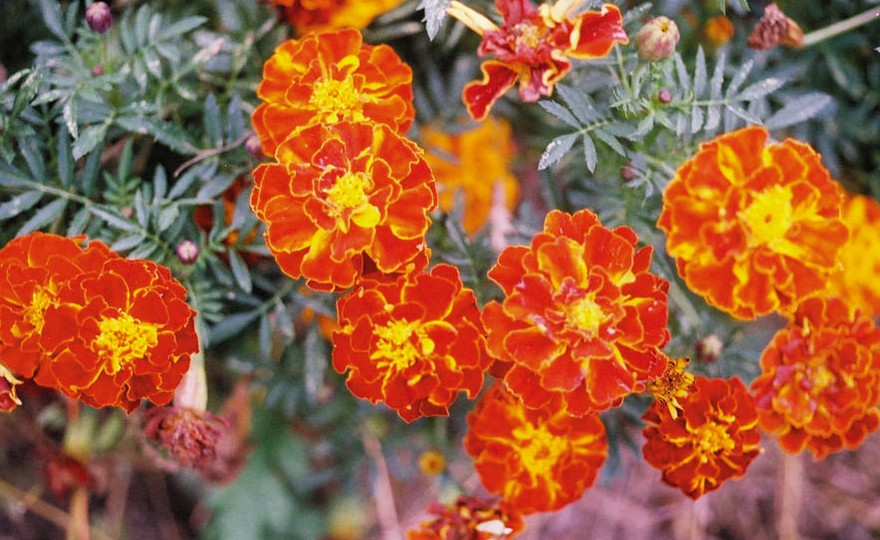
Standard Potato-Purple Majesty-1 Lb
-
- **SOLD OUT** HOLIDAY GIFTS **SOLD OUT**
- **SOLD OUT** Holiday Books **SOLD OUT**
- **SOLD OUT** Holiday Citrus **SOLD OUT**
- **SOLD OUT** Holiday Gift Certificates **SOLD OUT**
- **SOLD OUT** Holiday Paperwhites **SOLD OUT**
- **SOLD OUT** Holiday Praying Mantis Kits **SOLD OUT**
- **SOLD OUT** Holiday Tools **SOLD OUT**
- **SOLD OUT** Holiday Wildflower Mixtures **SOLD OUT**
- Citrus Trees
- **SOLD OUT** - Vegetable and Herb Plants - Mix & Match any 6 Plants for $50 - Only Shipped in Quantities of 6
- Elephant Ear Plants & Roots
- **SOLD OUT** 4-Inch Pot Herb Plants **SOLD OUT**
- Rare Plants
- **SOLD OUT** Vining Plants **SOLD OUT**
- Asian Seeds
- Beneficial Bugs
- Books
- Citrus Fertilizers
- Cold-Treated Bulbs - SEE BULBS FOR FALL PLANTING TO ORDER
- Cold-Treated Allium
- Cold-Treated Chionodoxa
- Cold-Treated Crocus
- Cold-Treated Hyacinthoides
- Cold-Treated Hyacinthus Orientalis
- Cold-Treated Narcissus
- Cold-Treated Cyclamineus Narcissus
- Cold-Treated Double Heirloom Narcissus
- Cold-Treated Jonquilla Narcissus
- Cold-Treated Large Cupped Narcissus
- Cold-Treated Poeticus Narcissus
- Cold-Treated Small Cupped Narcissus
- Cold-Treated Species Miniature Narcissus
- Cold-Treated Split Cupped Narcissus
- Cold-Treated Tazetta Narcissus
- Cold-Treated Triandus Narcissus
- Cold-Treated Trumpet Daffodils
- Cold-Treated Ornithogalum
- Cold-Treated Rock Garden Iris
- Cold-Treated Scilla
- Cold-Treated Tulips
- Cold-Treated Emperor Tulips
- Cold-Treated Fringed Tulips
- Cold-Treated Green or Viridiflora Tulips
- Cold-Treated Lily Flowering Tulips
- Cold-Treated Parrot Tulips
- Cold-Treated Peony Flowering Tulips
- Cold-Treated Single Early Tulips
- Cold-Treated Single Late Tulips
- Cold-Treated Species Tulips
- Cold-Treated Triumph Tulips
- Flower Bulbs, Corms and Tubers
- Bulbs for Spring Planting
- Bulbs for Fall Planting - ALL BULBS AVAILABLE ARE COLD TREATED FOR PLANTING AS SOON AS SOIL CAN BE WORKED
- Fall Blooming Bulbs
- Garden Tools & Equipment
- Gift Certificates
- HHH Exclusive Wildflower Mixtures
- Wildflower Mixtures
- Heirloom Garlic
- Potatoes
- Roots & Sets
- Seeds
- Flowers
- Herbs
- Vegetables
- **SOLD OUT** HOLIDAY GIFTS **SOLD OUT**
-
- No products to compare
-
Sold Out
Quick Overview
STANDARD POTATO, Purple Majesty – Solanum tuberosum
Harvesting History will begin shipping potatoes in February, WEATHER PERMITTING. We CANNOT SHIP POTATOES to the areas EAST of the Mississippi unless we have 3 DAYS with above freezing temperatures. We CANNOT SHIP POTATOES to areas WEST of the Mississippi unless we have 5 DAYS with temperatures above freezing. We CAN SHIP to the Southeastern US and Southern California in December.
FULL SUN Native to the tropical mountainsides of western South America, the potato along with corn (maize) are the two most important food crops discovered in the New World. Brought to Europe in the early 1500s. The deepest purple of the blue/purple potatoes, Purple Majesty, is a good baking and frying potato. Purple Skin-Purple Flesh
Plant potatoes 1-4 weeks before the last spring frost. Potatoes like cool weather but will rot in excessively cold, wet weather. Cut the potatoes into chunks with 2-3 eyes per chunk. Allow the chunks to dry for 24-48 hours. Dig a trench 10-15 in. deep and 4 in. wide. Trenches should be 30-36 in. apart. Place the chunks in the trench – 10 in. between chunks. Cover with 2-3 in. of soil. As the plants emerge cover them with soil until the trench is filled. Potato plants do not need fertilizer or rich soil, but can be fertilized with fish emulsion before flowering. Do not fertilize once the plant has begun to flower.
Harvest ‘new potatoes’ 2 weeks after the flowers have died by digging up the plants. Begin to harvest mature potatoes 2 weeks after the plant has died back in the fall. Continue to harvest until the ground freezes.
| Type | Spacing | Planting Depth | Days to Germination | Maturity |
| Purple Skinned | 10 in. | 15 in. | 14-21 | 100-120 |

Purple Majesty
Potatoes are members of the Nightshade family of plants which also include the Tomato and the Eggplant. The potato is native to the Andes mountain regions of Chile and Peru. Archaeologists believe that the potato was being cultivated by pre-Columbian farmers as early as 5000 B.C. Remains of potatoes have been found at Incan burial sites which date to 500 B.C. In 1540, the potato was discovered by Spanish explorers who eventually introduced the plant into Europe around 1560. The potato was not popular in the United States until the mid-19th century. Many people thought that the tubers were poisonous and others did not like the yellowish color of the flesh. Today, the potato is one of the most popular vegetables known. It has been accepted by most of the cultures on earth as a staple of their diets.







